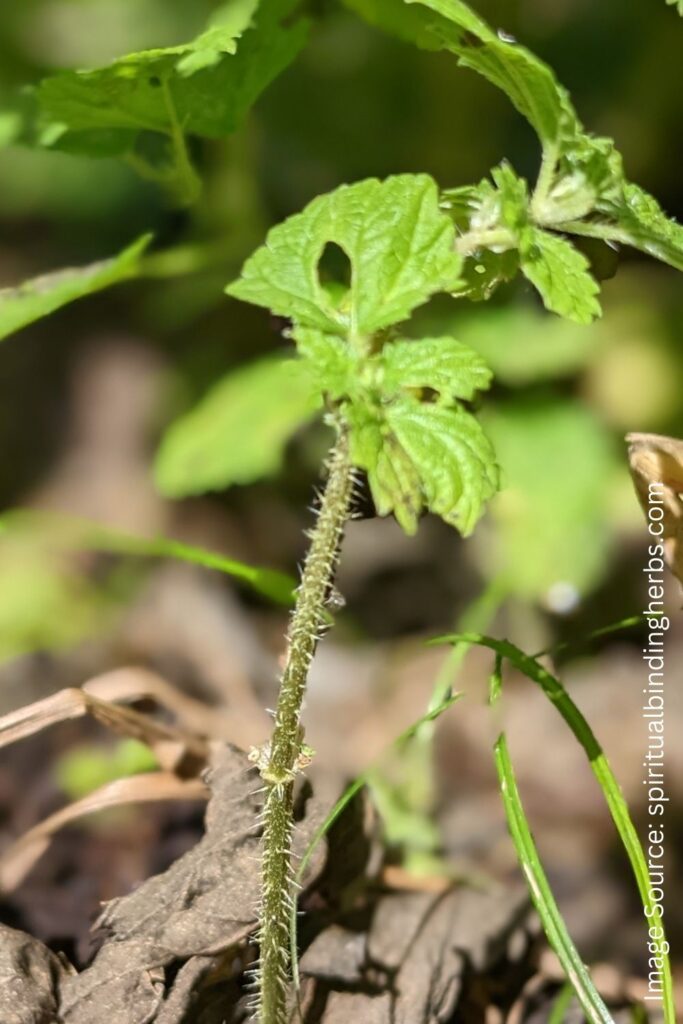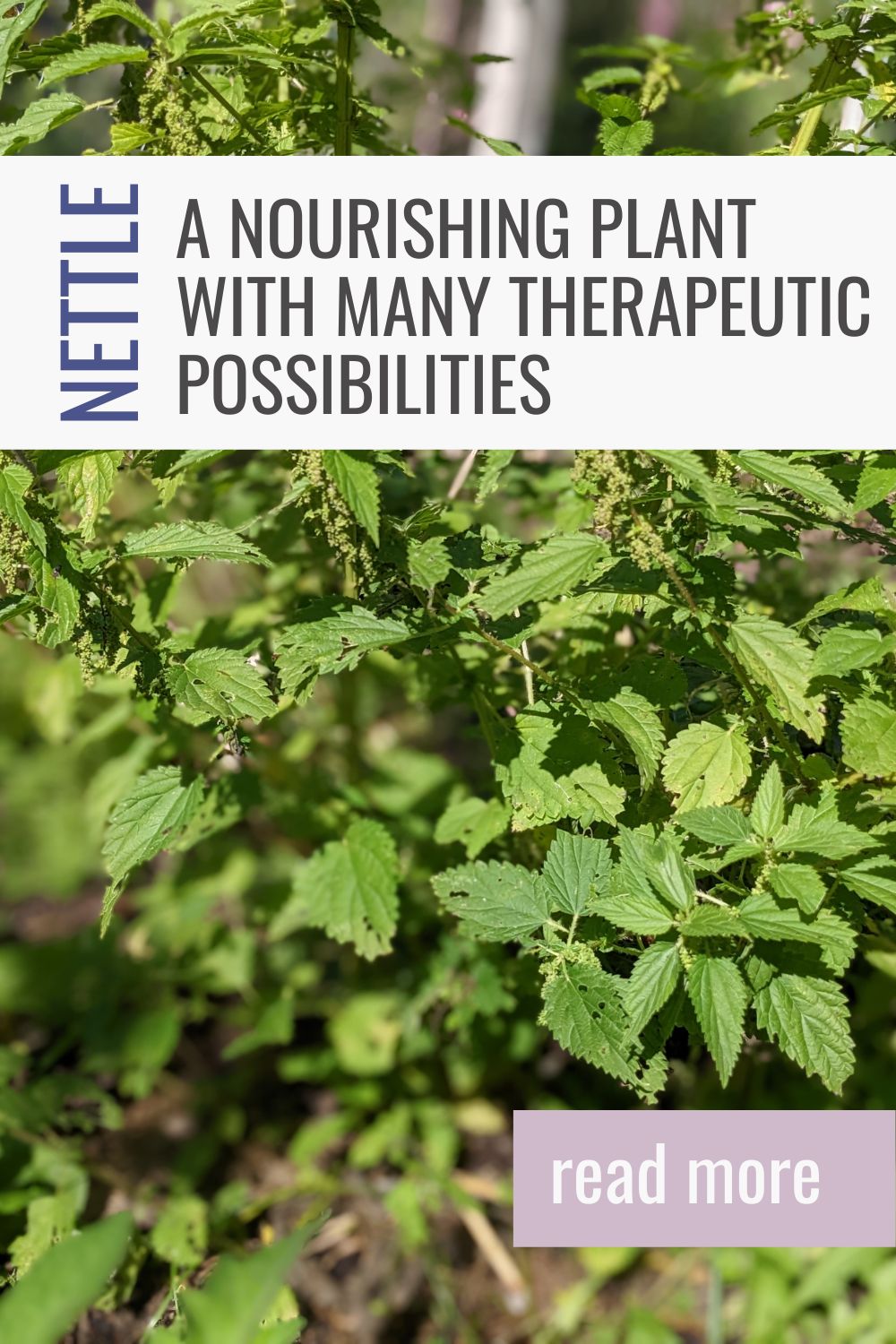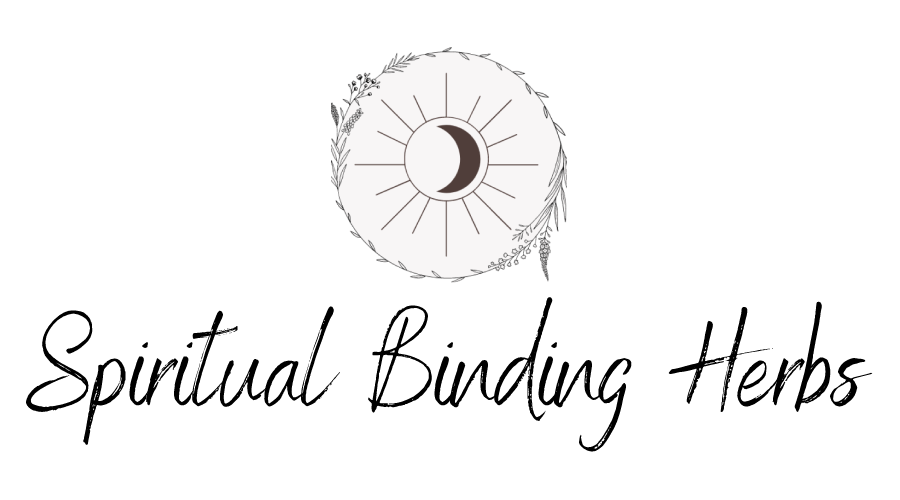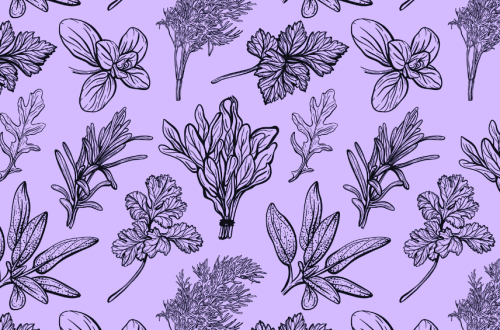
Nettle – A Nourishing Plant and Its Therapeutic Possibilities

This is the last part of our series on Nettle. If you’re interested, here you can find part 1 and part 2.
Stinging Nettle (Urtica dioica) Active Constituents
Like any plant or herb, many chemical compounds make up the Nettle plant and contribute to its therapeutic properties or modality uses. Unfortunately, not all chemical components have been studied, so there is still much more to learn regarding plants and plant medicine.
Nettle is a great source of iron, calcium, magnesium, and protein (Modern Herbal Dispensatory: A Medicine-Making Guide, n.d.). In addition, uric acid is secreted from Nettle and helps with rheumatism and gout.
Other constituents are formic acid, acetylcholine, choline, serotonin, sulfur, beta-carotene, vitamin K, and flavonoids.
What Makes Nettle Sting

One interesting fact I found when researching is that the stinging sensation is due to formic acid that covers the tiny hairs on the plant’s stem (Biomes, n.d.). The stinging sensation comes from the tiny hairs found around the stem and the leaves’ underside. In my experience, the more mature plants don’t seem to have tiny hairs on leaves easily visible. Therefore, this stinging is not limited to just Nettle but many members of the Urticaceae plant family. These tiny hairs are also referred to as trichomes. Once they come in contact with either humans or animals, it breaks and releases a combination of chemicals that include not only formic acid but also histamine, acetylcholine, and serotonin (LeBaron-Botts, 2015). As a little joke from mother nature, one of the antidotes of the sting from Nettle can be found in the juices from the Nettle leaves.
Therapeutic Actions of Nettle

Nettle is a nourishing food since it is rich in various and much-needed minerals (listed above). In addition, Nettle is also an anti-inflammatory, antiallergenic, blood purifier, diuretic, kidney tonic, general tonic, mineralizer, astringent, and it may help with anemia, low blood pressure, and prevent hemorrhaging.
Since Nettle is an excellent tonic herb, it is a great support for children experiencing what we would call “growing pains” this also means it is a great option for those a bit older experiencing joint or bone aches due to arthritis.
The seeds of Nettle have been thought to help combat renal failure, and the root has been shown to help improve benign prostatic hypertrophy or BPH (Modern Herbal Dispensatory: A Medicine-Making Guide, n.d.).
Preparation Options for Nettle
Infusion – from the leaves
Tincture or Glycerite – from the root, seeds, and leaf
Decoction – use with the root
Ointment – to be prepared with the leaves
Tea – dried leaves
Companion Herbs of Nettle
When looking for companion herbs, I would recommend starting with other herbs that help with sinus issues, such as ambrosia, goldenrod, yerba santa, and yarrow. Also, jewelweed is a great option for skin irritation. So other options are red raspberry leaf and alfalfa.
There are also many recipes out there if you want to create food dishes containing Nettle. I have seen a plethora of recipes for soups, dips, and dressing which all have looked amazing!

Additional Resources
If you want to expand your knowledge of herbs and herbal remedies, here are a few books I recommend starting with. They can easily be found on Amazon, your local bookstore, and hopefully your local library. These are the ones I tend to refer to the most when creating herbal preparations.
Herbal Books I Recommend
Cunningham’s Encyclopedia of Magical Herbs
Rosemary Gladstar’s Medicinal Herbs: A Beginner’s Guide: 33 Healing Herbs to Know, Grow, and Use
Modern Herbal Dispensatory: A Medicine-Making Guide
References
LeBaron-Botts, P. (2015, October 20). Two Burning Houses: A Natural History of Stinging Nettle. North Cascades Institute. Retrieved October 10, 2022, from https://blog.ncascades.org/naturalist-notes/two-burning-houses-a-natural-history-of-stinging-nettle/
Biomes, B. P. (n.d.). Blue Planet Biomes – Stinging Nettle. Retrieved September 15, 2022, from https://www.blueplanetbiomes.org/stinging_nettle.php
Modern Herbal Dispensatory: A Medicine-Making Guide. (n.d.).








